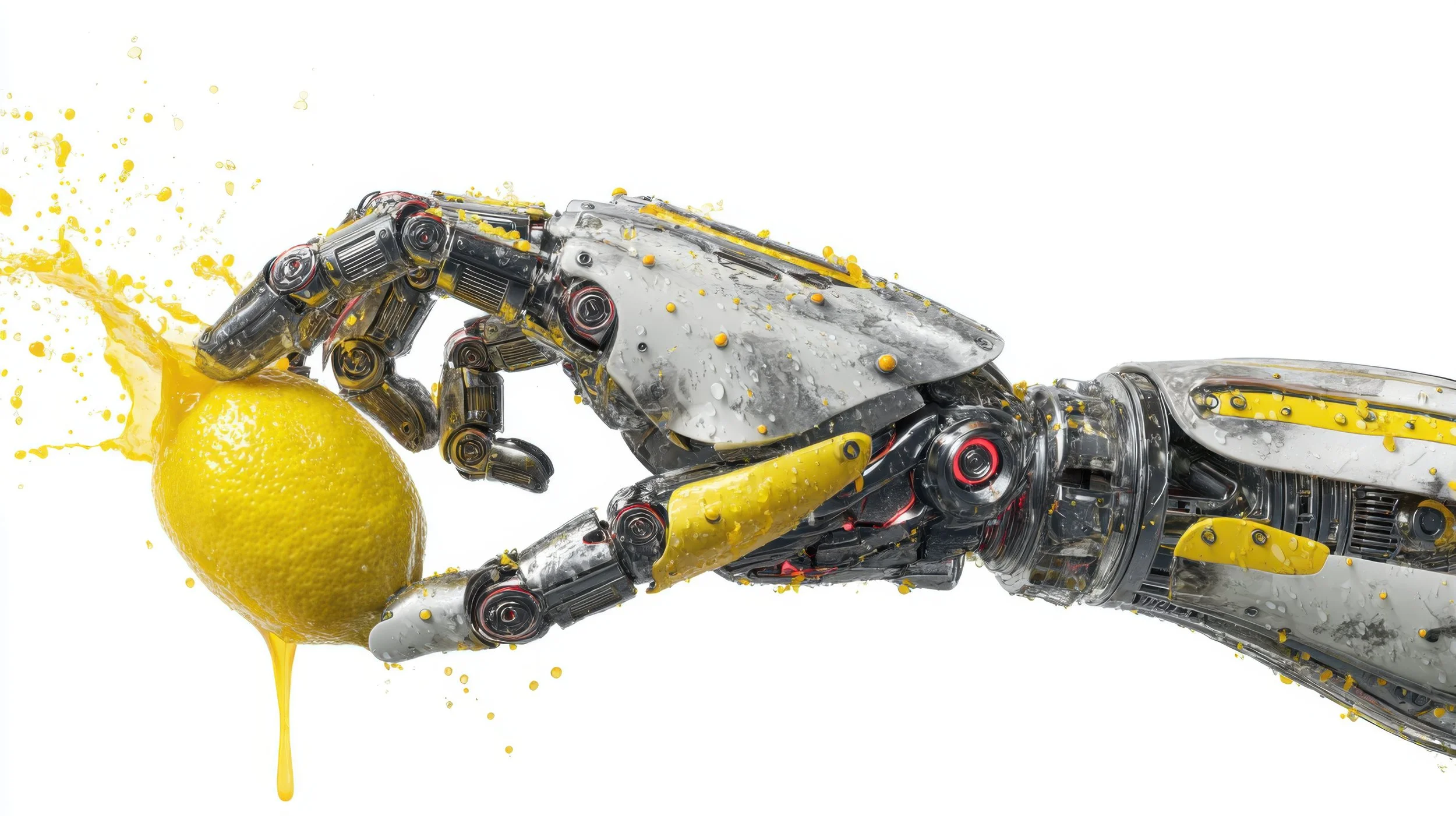
A chiaroscuro parable.
By the time Antonio Gramsci IV was shoved into solitary for the fifth time, having been previously well acquainted with what his fellow Rikers Island residents tagged as “the hole,” the “pound,” and, when it suited the presiding authorities, the “Communicable Disease Unit” or CDU, the calendar had already flipped to December 31 and New Years Eve.

Notes for a holiday blog.
“It was the best of times, it was the worst of times, it was the age of wisdom, it was the age of foolishness, it was the epoch of belief, it was the epoch of incredulity, it was the season of light, it was the season of darkness, it was the spring of hope, it was the winter of despair.” - Charles Dickens, 1859

“What is” is mundane. “What if” is magic.
For proof, just try letting the two phrases roll around your mouth and your mind.
If you don’t get even the tiniest frisson from the latter, better check your pulse.

Downstairs, Up.
The other day, I hoofed it from 59th down to Alphabet City, picked my way down a threadbare flight of stairs, and found myself in advertising's happy place.
Or at least a wistfully tantalizing approximation of the same.

The AI “lemon” test.*
Prompt: writing as an expert in advertising, brand advertising, and advertising history, could AI, based on pattern recognition technology, ever come up with an ad that's as unique and original as the famous "lemon" ad for VW?

Bagel Overload.
Not long ago, I accidentally sent the remarkable Bob Brihn a gift of 48 Zabar’s bagels. “How, “I hear you ask, “does one unintentionally send four dozen of anything?” To which I reply, paraphrasing a long-dead politician: “You check a box here, you check a box there, pretty soon it adds up to 48 bagels.”

“Man bites robot dog."
At least, that was the headline that stuck in my head after reading a freakish Sacramento Bee story about an AI-equipped mechanical mutt being credited for solving a crime that never occurred.


The Emulation Game: Part 2.
Yesterday, yammering on about what I’ve started calling the “AI emulation trap” — what happens when we not only equate original ingenuity with machine iteration, but assign them equal value.

The Emulation Game: Part 1.
I’ve always loved Woody Allen's, "I don't want to achieve immortality through my work. I want to achieve it by not dying." Who knew his hope might become reality?

O and 7: A Parable
It may have been more rip-the-scab-off-the-festering-pus-infected-wound at the Meadowlands than any given Sunday, a la Oliver Stone.
But if you doubt the truth of "whatever doesn't kill us, makes us stronger," I'd invite you to take a trip to MetLife Stadium in the company of a couple of die-hard New York Jets fans.

Minda Matter.
Just got Nat Geo's fabulous article titled, "American becomes the first to ski down Everest's most challenging route." The story details how Jim Morrison, a legendary Tahoe-based skier (not the other one), summitted Everest (climbing 29,032 ft) for the sole purpose of riding his boards down the mountain's most difficult and elusive line, a linkup of the Noreen and Japanese Couloirs.

Missing _ink.
So, Sunday night's reading ended with an article from System 1’s Andrew Tindall headlined, "We’ve never spent more on advertising. It’s never done less for us.” His point: “Creativity is still the biggest driver of profitability. Even Ehrenberg-Bass puts creative choice at 75% of success. And creativity’s power comes from emotion.

On the Wall.
Ran into Adam and Eve in the Chelsea Lobby Bar last night and, as usual, the conversation turned to original sin.
Okay, to be honest, I'm not really sure it that’s either Adam or Eve up there; both are painted standing with backs to the room, separated by a viny tree where I'd swear something akin to a snakeskin is nailed to the bark.

Everything Old.
Credit to the late great Peter Allen for lyrics that show he not only knew whereof he sang but had a damned good handle on the rhyme and repeat of history.
“Dancin' at your Long Island Jazz Age parties/Waiter, bring us some more Bacardis/We'll order now what they ordered then/'Cause everything old is new again.”

Cold reality.
We may have barely crested meteorological summer but, oddly enough, I've already got a hot take on 2025:
It's already been a long four years. And, damn, we're only through year one.

From the Department of This & That.*
This & That: “Everyone needs to take a giant deep breath and understand what these (AI) tools actually do and what they’d don’t do. What they actually do is match patterns and they are skills amplifiers not skills democratizers. And they are not magic, in any way. You only get value out of these tools if you are a subject matter expert and looking to amplify your subject matter expertise to get higher levels of productivity — that’s the highest, best use.” – technology expert Shelly Palmer on The AI Download with Shira Lazar (www.youtube.com/watch?v=hhJuCNbbVbU)

Dear Di-A.I.-ary:
Ran into Uncertainty in the elevator last night. Again.
Lean, angular, all sharp elbows and rough edges in the cold light; dripping, as ever, doubt, unease, second thoughts, remorse, ambiguity, and regret.

Parrish: the Thought.
Sometimes, I find myself staring at the mural in the dark mahogany clubbiness of the King Cole Bar on East 55th, imagining a conversation with the eponymous English nursery rhyme character who’s commanded the room since 1932.
If familiar, you know the painting was commissioned by John Jacob Astor IV, paying the then-princely sum of $5000 to Maxfield Parrish, stylistic master and ardent teetotaler.

From the dept. of random connections:
Along with myriad gut-wrenching twists and turns, 2025 is also the poster year for the predictably predictable. On that score, we’ve reached “peak 65" — the year the largest tranche of Boomers, the generation that first arrived circa 1946, hits their commonly-assigned and socially-stamped "seniority."
